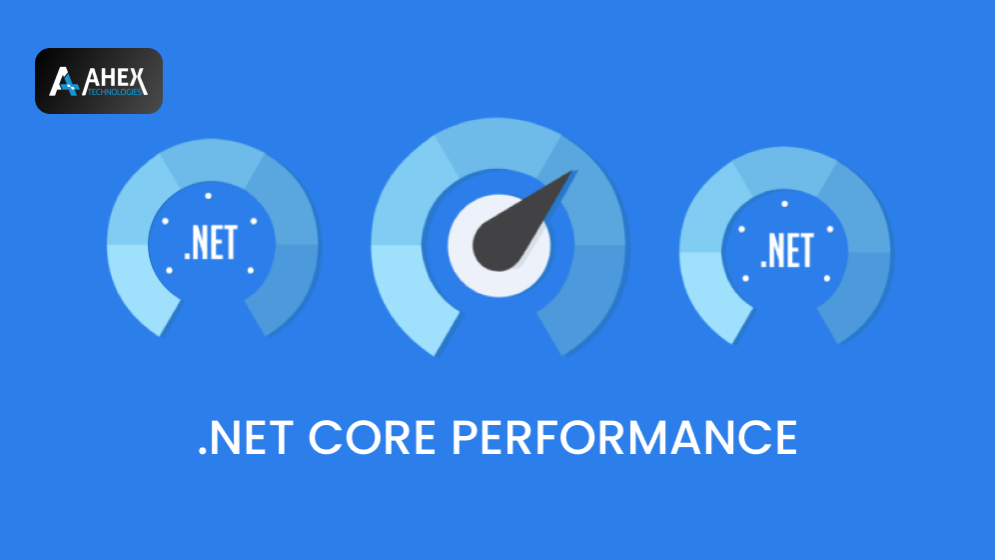
.NET Core is a free, open-source, cross-platform framework that allows developers to create modern applications for desktops, web, and mobile devices. It is widely used by developers around the world because of its powerful tools and features. However, like any other software framework, it can be optimized to perform better. In this article, we will discuss techniques that can help optimize performance in .NET Core and improve code quality.
Introduction to .NET Core Performance Optimization
.NET Core is a popular framework that is used to develop high-performance applications. However, if not optimized, it can lead to several issues such as slow application response, high memory usage, and slow page load times. Performance optimization in .NET Core involves identifying and addressing issues that cause performance degradation.
Understanding Performance Optimization
Performance optimization involves improving the performance of an application by reducing the time it takes to execute a particular task or by reducing the amount of memory it uses. It can be achieved by:
- Identifying bottlenecks in the application
- Analyzing and optimizing code
- Reducing memory usage
- Optimizing database queries
- Configuring the server environment
Benefits of Performance Optimization
Optimizing performance in .NET Core has several benefits, such as:
- Improved application response time
- Reduced memory usage
- Faster page load times
- Enhanced user experience
- Increased scalability
- Reduced hosting costs
Techniques for Optimizing Performance in .NET Core
In this section, we will discuss several techniques that can be used to optimize performance in .NET Core.
1. Caching
Caching is the process of storing data in memory to avoid the need to retrieve it from the database repeatedly. Caching can significantly improve the performance of .NET Core applications. It can be implemented using various caching mechanisms such as in-memory caching, distributed caching, and response caching.
2. Asynchronous Programming
Asynchronous programming is a technique that allows multiple tasks to be executed concurrently. It can improve the performance of .NET Core applications by reducing the amount of time it takes to execute a particular task. Asynchronous programming can be achieved using the async and await keywords.
3. Lazy Loading
Lazy loading is a technique used to load data only when it is needed. This can significantly reduce the amount of memory used by an application and improve its performance. Lazy loading can be implemented using the lazy keyword.
4. Connection Pooling
Connection pooling is a technique used to reuse database connections instead of creating a new connection each time a database operation is performed. Connection pooling can significantly improve the performance of .NET Core applications by reducing the time it takes to establish a new connection.
5. Code Optimization
Code optimization involves identifying and addressing performance issues in the code. It can be achieved by:
- Using efficient algorithms and data structures
- Reducing unnecessary code
- Optimizing loops and conditionals
- Avoiding excessive object creation
- Minimizing I/O operations
6. Compression
Compression is a technique used to reduce the size of data before it is sent over the network. Compression can significantly improve the performance of .NET Core applications by reducing the amount of data that needs to be transferred.
7. Load Balancing
Load balancing is a technique used to distribute the load of an application across multiple servers. It can improve the performance of .NET Core applications by ensuring that each server is utilized efficiently and that no server is overloaded.
Conclusion
Optimizing performance in .NET Core is critical to ensuring that applications perform well and provide an excellent user experience. By implementing the techniques discussed in this article, you can improve the performance of your .NET Core applications and make them faster,responsive, and scalable. Performance optimization is an ongoing process that requires continuous monitoring and improvement to ensure that the application is performing optimally.
FAQS
Performance optimization is important in .NET Core to ensure that applications perform well, provide an excellent user experience, and are scalable.
Some common performance issues in .NET Core include slow application response, high memory usage, slow page load times, and inefficient database queries.
Caching is the process of storing data in memory to avoid the need to retrieve it from the database repeatedly. Caching can significantly improve the performance of .NET Core applications by reducing the time it takes to retrieve data.
Code optimization can improve performance in .NET Core by reducing the amount of time it takes to execute a particular task, minimizing memory usage, and improving the overall efficiency of the application.
Load balancing is a technique used to distribute the load of an application across multiple servers. It can improve the performance of .NET Core applications by ensuring that each server is utilized efficiently and that no server is overloaded.
You can ensure the security of your .NET Core application by following best practices, using the right tools, and regularly testing for security vulnerabilities.







